In the 1970s, vacations were a blend of simplicity and adventure, offering an escape from the hustle and bustle of daily life. The decade was marked by unique travel experiences that reflected the cultural and technological landscape of the time. From road trips in family station wagons to planning adventures without the aid of digital devices, vacations in the ’70s were a different breed altogether, emphasizing family bonding, exploration, and a touch of spontaneity.
1. Family Road Trips
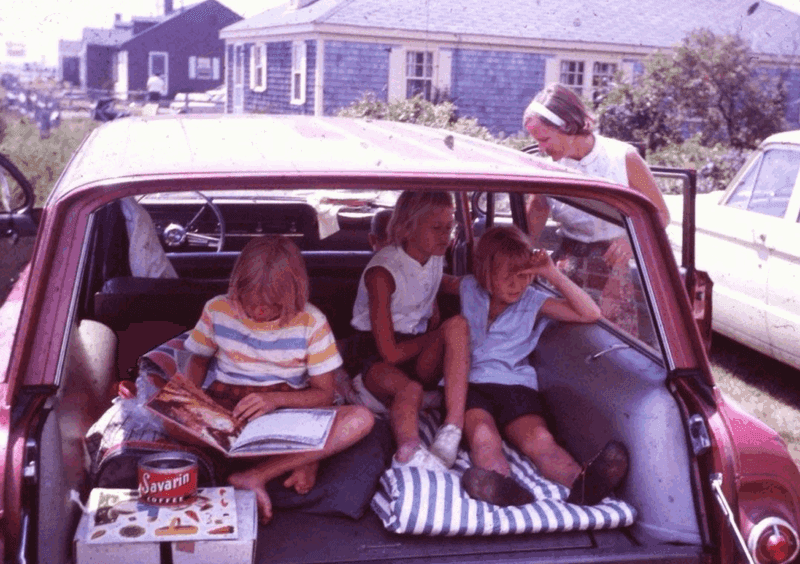
The quintessential family road trip of the 1970s often began with a well-worn map and a sense of adventure. Families piled into their station wagons, children in the backseat playing road games like ‘I Spy’.
Parents took turns driving, navigating without GPS, relying on paper maps and road signs. Rest stops were moments to stretch and enjoy homemade sandwiches.
Roadside attractions, quirky motels, and diner breakfasts were highlights. With fuel prices lower, long drives to national parks or beaches were common. Road trips were bonding experiences, full of laughter and discovery.
2. Travel Agents
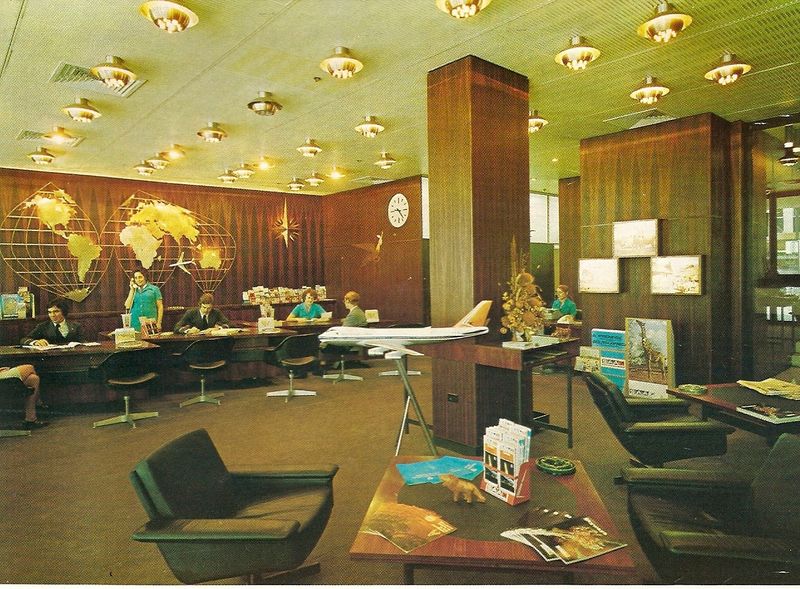
Travel planning in the 1970s often involved a visit to a travel agent’s office, where brochures lined the shelves. These agents were the gateways to adventure, offering expert advice and booking services.
With no internet, they were indispensable for finding flights, hotels, and packages. Clients received personalized itineraries, sometimes complete with handwritten notes.
Travel agents cultivated relationships with clients, understanding their preferences and suggesting destinations. Their expertise made them trusted advisors, and their office was the first step in the journey. This personal touch made travel exciting and anticipation-filled.
3. Air Travel Experience
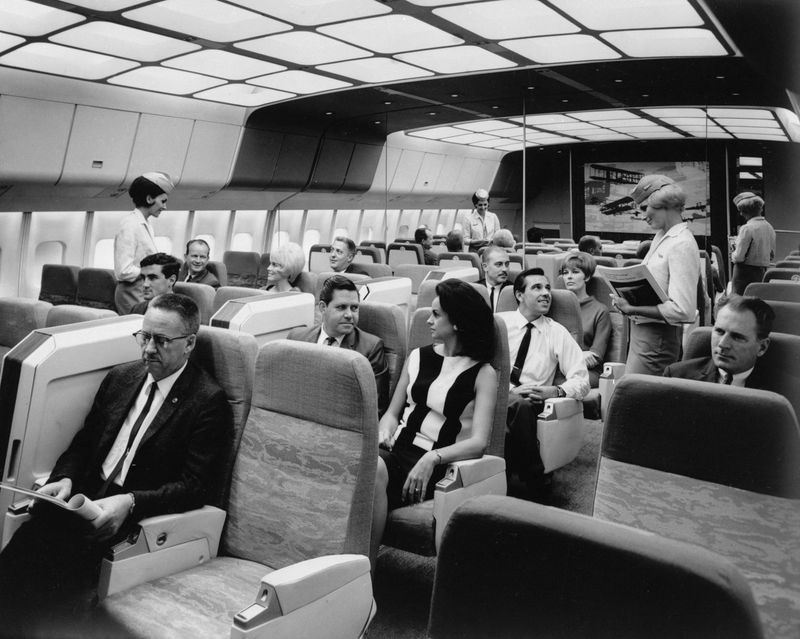
Flying in the 1970s was an experience steeped in glamour and comfort. Passengers dressed smartly, as air travel was considered luxurious and special.
Flight attendants, serving with a smile, offered meals on real china, and cocktails were a staple in-flight entertainment. Legroom was generous, allowing for a more relaxed journey.
Security was notably more relaxed pre-9/11, allowing for a more carefree boarding process. The ambiance was friendly, fostering interaction among travelers. Flying was not just about reaching a destination; it was an integral, memorable part of the vacation itself.
4. Camping Adventures
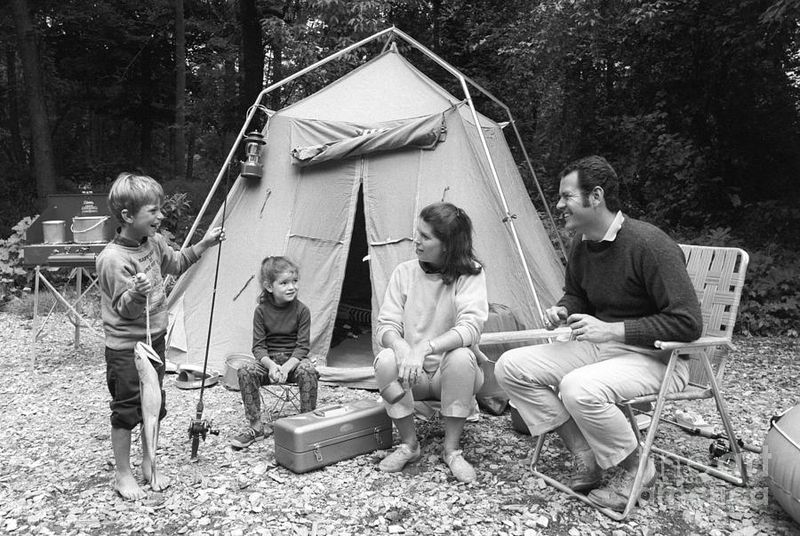
Camping in the 1970s was a return to nature, without modern camping luxuries. Families packed their tents and gear, heading to national parks or remote areas.
Campfires were the evening’s entertainment, with stories and marshmallow roasting under starlit skies. Daytime adventures included hiking and fishing.
Camping was about simplicity and connection with nature, away from the distractions of everyday life. It was an affordable escape, fostering family bonds and creating lasting memories. The simplicity of camping equipment added to the charm and adventure of outdoor living.
5. Tentative International Travel
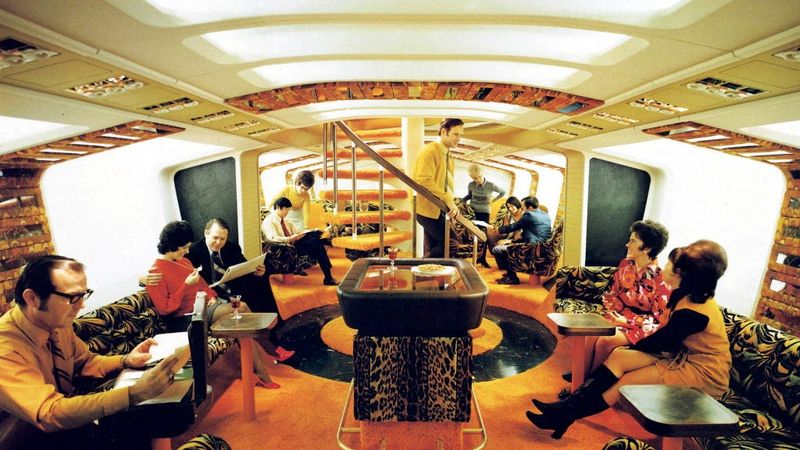
For those with a sense of wanderlust, international travel in the 1970s was both thrilling and daunting. Planning required patience, with months spent gathering information from guidebooks and travel agents.
Foreign destinations were exotic and less frequented, adding mystery to the itinerary. Travelers packed essentials, including language phrasebooks, to navigate new cultures.
Air travel abroad was costly, making such trips prestigious. Prepaid itineraries were common, ensuring accommodation and transport. This era of travel was about exploration and discovery, driven by curiosity and a desire for new experiences beyond familiar borders.
6. Film Photography
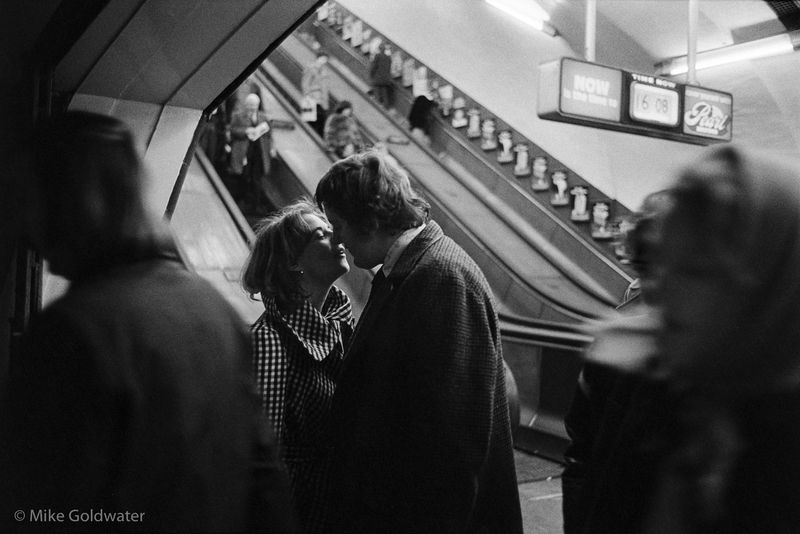
Capturing memories in the 1970s meant bringing along a trusty film camera. Tourists snapped photos sparingly, mindful of the limited frames of a roll.
Developing film was part of the post-vacation ritual, with anticipation building as photos were processed. The tangible photos were cherished, placed in albums or shared among friends and family.
This analog method made each picture precious, a snapshot of a moment meant to be savored. Photography was not instant, but the delayed gratification added depth to the memories captured on film, preserving the essence of the journey.
7. Public Transportation Rides
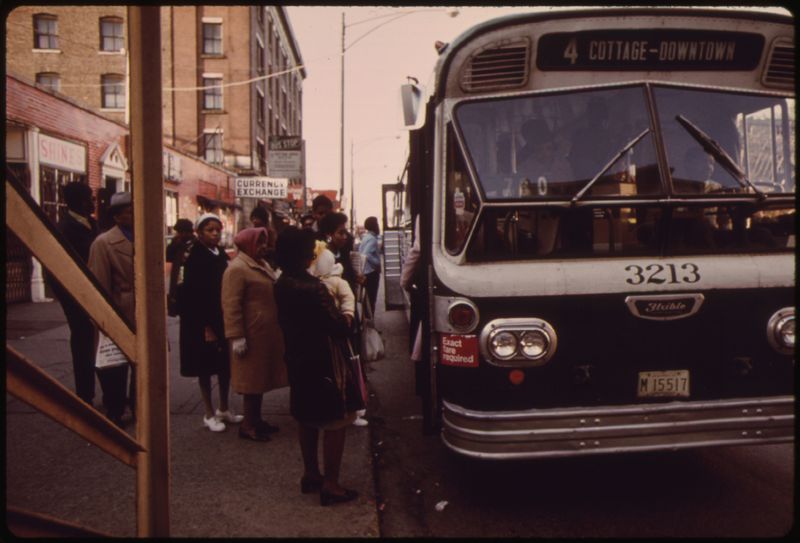
Urban exploration in the 1970s often meant hopping on public transport. Trains and buses were the veins through which cities pulsed, offering sights and sounds unique to each locale.
Travelers armed with paper maps navigated routes, enjoying the charm of vintage transportation. Conversations with locals often provided insights into hidden gems.
Transport was economical, allowing travelers to immerse themselves in culture without the need for car rentals. Each ride was an adventure, a chance to see the city through the eyes of its inhabitants, making public transport a memorable facet of travel.
8. Beach Vacations
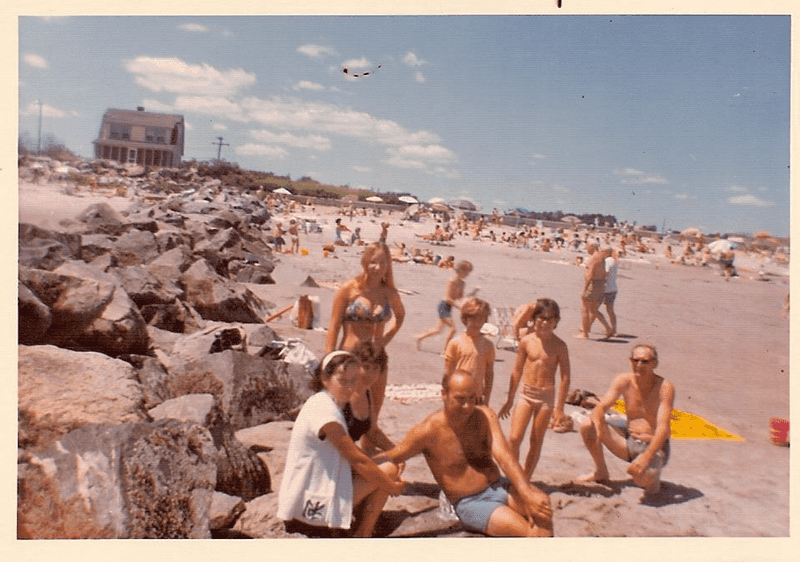
Beach vacations in the 1970s were quintessential summer escapes. Families flocked to sandy shores, equipped with colorful umbrellas and picnic baskets.
Kids built sandcastles and played in the surf, while parents relaxed, enjoying the sun’s warmth. Frisbees and beach balls were common sights, adding to the vibrant atmosphere.
Seaside trips were uncomplicated, focusing on relaxation and enjoyment. Evening strolls along the beach, collecting shells, were serene endings to sun-soaked days. These simple pleasures made beach vacations a favored choice for many, leaving fond memories of carefree days by the sea.
9. Cruise Holidays

Cruising in the 1970s offered a taste of luxury and adventure on the high seas. Ships were floating resorts, with activities and entertainment for all ages.
Passengers enjoyed fine dining, live performances, and the thrill of visiting multiple destinations without unpacking. The deck was a social hub, where new friendships blossomed.
Cruise holidays were an escape from routine, offering relaxation and excitement. The gentle rocking of the ship and the endless horizon provided a unique travel experience. Cruising combined leisure with exploration, making it a popular vacation choice during the decade.
10. Budget Travel and Backpacking
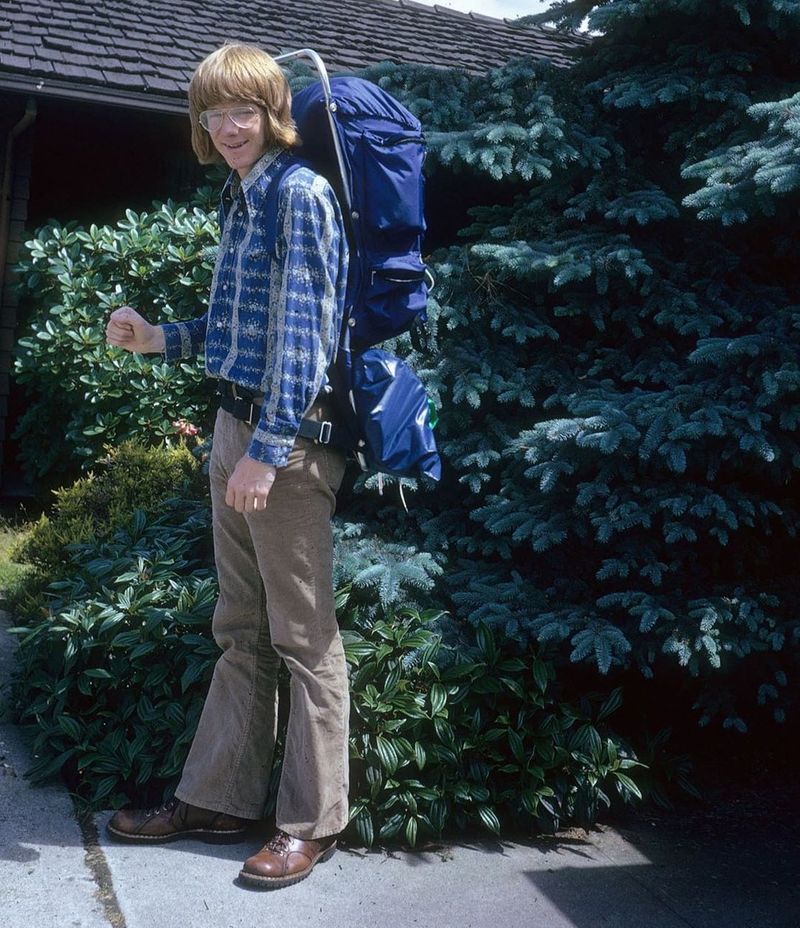
The 1970s saw a rise in budget travel and backpacking, especially among young adults seeking adventure and cultural immersion. Armed with backpacks, they traversed continents, staying in hostels.
Travel guides were invaluable, providing tips on local cuisine and attractions. Hitchhiking was a common, cost-effective way to explore beyond well-trodden paths.
Backpacking was about independence and discovery, meeting people from all walks of life. It was an era of freedom, where the journey was as rewarding as the destination. This form of travel celebrated spontaneity and an open mind toward the world.

